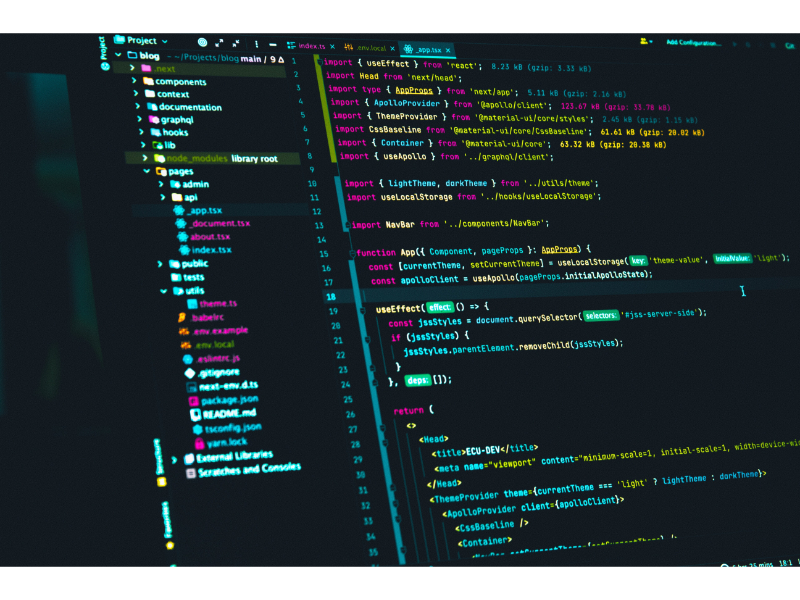Software development has become a crucial component in today’s digital world, and it is essential to follow a sound approach to developing high-quality software. This is where the software development life cycle (SDLC) comes into play. It’s a process that describes the stages involved in creating software from concept to deployment. In this blog post, we’ll take a deep dive into the software development life cycle and its different phases.
Planning and Analysis Phase
The first phase is the planning and analysis phase where a software development team analyzes the software requirements and develops a software project plan. The team also determines the feasibility of the project, estimates the budget, schedules, and risks involved in the project. This phase is crucial as it helps to determine the scope and objectives of the software development project.
Design Phase
After the planning and analysis phase, it’s time to move on to the design phase. During this phase, the team develops the software architecture, high-level design plans, and detailed design specifications. The design phase of the SDLC ensures that the software being developed meets the requirement specifications and can be created within the available budget and timeline.
Development and Implementation Phase
Once the design phase is completed, the software development team starts with the actual development of the software. During this phase, the developers code the software and test it to ensure it meets the design and functionality requirements. This phase involves several iterations of development and testing to identify any issues in the software.
Testing Phase
After the software development phase is completed, the software enters the testing phase. The software development team tests the software to identify any bugs and deficiencies in the application. During this phase, it’s essential to identify and fix any software issues before the software is deployed to the production environment.
Deployment and Maintenance Phase
The final phase of the SDLC is the deployment and maintenance phase, where the software is deployed to the production environment. It’s essential to ensure a smooth transition from the development phase to the production environment. During this phase, software maintenance and updates are carried out to ensure the software stays up-to-date and runs efficiently.
The software development life cycle (SDLC) follows a structured approach that ensures the delivery of high-quality software that is on time, within budget, and meets the business requirements. From planning and analysis to deployment and maintenance, following the SDLC phases can significantly benefit your software development project. Software development teams can use the SDLC approach to streamline development workflows, improve communication, and ensure that software is tested and delivered to meet the highest quality standards. By understanding and implementing the SDLC phases, software development teams can create software solutions that meet the needs of their clients while improving their reputation in the industry.




